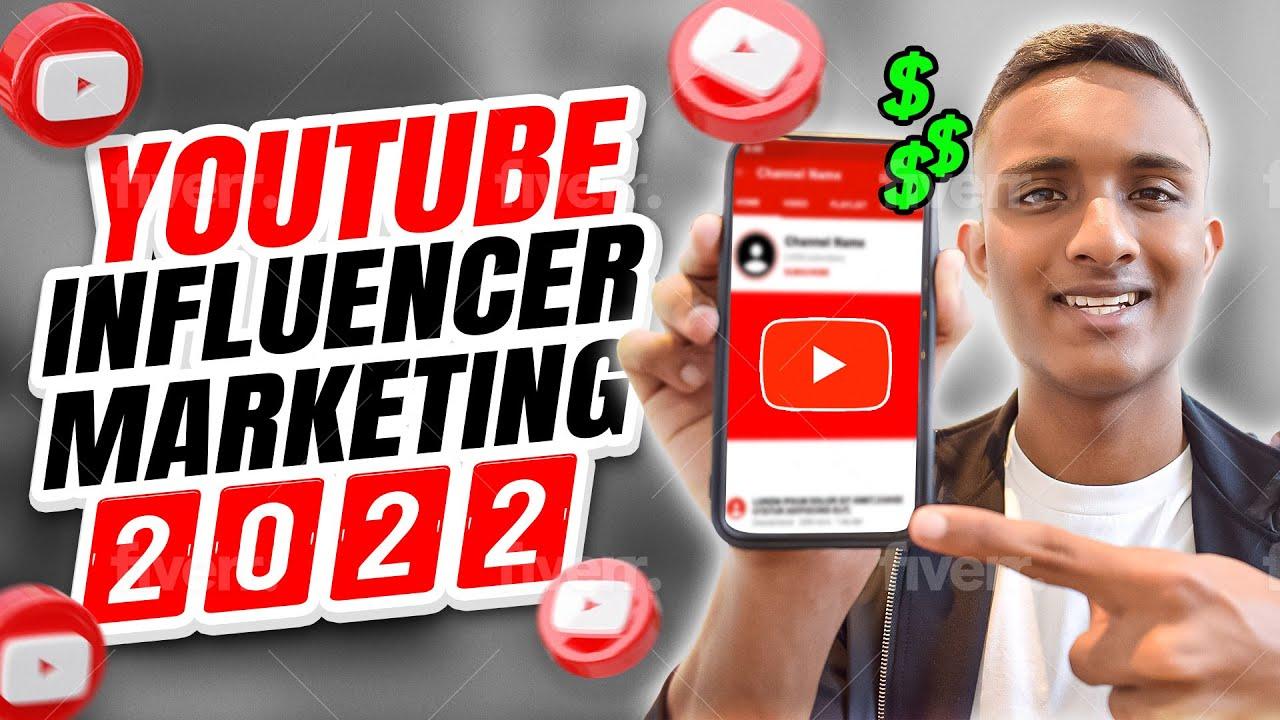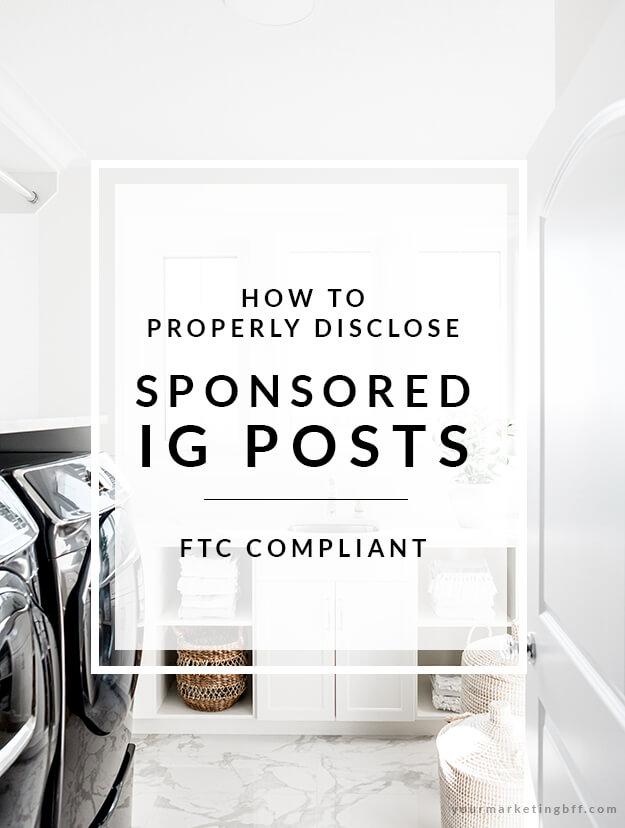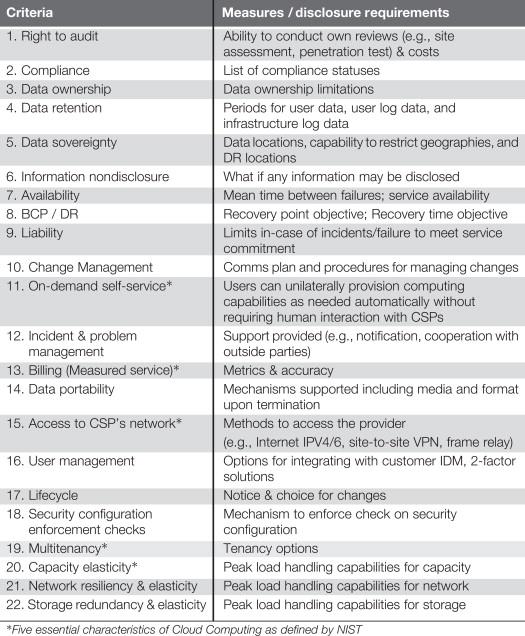
Navigating Legal Waters in YouTube Influencer Marketing
In teh vibrant ecosystem of YouTube, influencers wield significant power, shaping trends and driving consumer behaviors across a myriad of industries.With their engaging content and authentic connections too their audiences, these creators have become invaluable assets for brands looking to amplify their message and reach new markets. However, beneath the glimmering surface of influencer partnerships lies a complex web of legal considerations that can turn a successful campaign into a legal minefield. From copyright issues to disclosure requirements, navigating the legal waters of YouTube influencer marketing demands a keen understanding of both the platform’s intricacies and the laws that govern advertising practices. In this article, we will explore the essential legal frameworks and best practices that every brand and influencer should consider to ensure not only compliance but also the protection of their creative endeavors. Join us as we dive into the crucial elements that can empower brands to forge authentic partnerships while safeguarding their interests in an ever-evolving digital landscape.
Understanding the Legal Landscape of influencer Marketing
As influencer marketing continues to gain momentum, understanding the intricate legal requirements is essential. To ensure compliance, influencers and brands must be vigilant about disclosures, copyright issues, and the truthfulness of the content they produce. Failure to adhere to these guidelines can lead to serious consequences including legal battles, fines, and damage to reputation. Key areas to focus on include:
- Disclosure Requirements: Clearly label sponsored content to avoid misleading audiences.
- Copyright and Fair Use: Respect the original work of others and understand how to utilize content legally.
- Truth in Advertising: Ensure that claims regarding products or services are substantiated and accurate.
Additionally, navigating brand partnerships necessitates a clear understanding of contracts and intellectual property rights. It’s crucial to delineate ownership of content and clarify responsibilities. here’s a simple overview of critical contractual elements:
| Contract Element | Description |
|---|---|
| Scope of Work | Details the tasks and expectations outlined for the influencer. |
| payment Terms | Clarifies compensation structure and payment timelines. |
| Intellectual Property Rights | Defines who owns the content created during the partnership. |
| Termination Clause | Outlines conditions under which the agreement can be ended. |

Crafting Compliant Sponsored Content that Engages
In today’s digital landscape,creating engaging sponsored content while adhering to legal guidelines is both an art and a science.For influencers, the challenge lies in weaving brand messages into their narratives without sacrificing authenticity. Key strategies include:
- Transparent Disclosure: Always disclose sponsored content clearly. Use phrases like “#ad” or “#sponsored” to ensure followers are aware of the partnership.
- Authentic Integration: seamlessly blend brand elements into your storytelling to maintain viewer interest. This can involve showcasing the product in action or sharing personal experiences that relate to it.
- Engaging Visuals: Utilize high-quality visuals that not only promote the brand but also resonate with the audience’s preferences and emotions.
To ensure compliance, it’s crucial to stay updated on legal requirements that vary by region. Below is a simple guide to help navigate these regulations:
| Region | Disclosure Requirement |
|---|---|
| United States | Clear and conspicuous disclosures using hashtags or verbal mentions. |
| European union | Must indicate a partnership and provide clear context regarding sponsorship. |
| United kingdom | Transparent labeling, such as using “paid partnership” tag. |

Navigating Disclosure Requirements: Best Practices for Creators
Understanding the legal landscape surrounding influencer marketing on platforms like YouTube is essential for creators. To ensure compliance and maintain trust with your audience, consider these best practices when disclosing partnerships or sponsorships:
- Be Transparent: clearly disclose your relationship with brands at the begining of your video or in the description box.
- Use clear Language: Terms like “sponsored,” “ad,” or “partnership” should be used explicitly, avoiding vague phrases that may confuse viewers.
- Foster Authenticity: Integrate disclosures naturally into your content; doing so helps maintain authenticity and engagement with your audience.
In addition to these practices, it is vital to stay updated on the latest regulations and guidelines issued by advertising authorities. Utilize tools such as checklists or templates to aid in your compliance efforts:
| Content Format | Disclosure Method |
|---|---|
| Video | Verbal mention and description link |
| sponsored Post | Clear tag at the top of the post |
| Story/Post on Social Media | Use of hashtags like #ad or #sponsored |
By implementing these strategies, creators can navigate the intricate web of disclosure requirements more effectively, ensuring both legal compliance and an honest relationship with their followers.

protecting Your Brand: Contracts and Agreements in Influencer Partnerships
In the fast-paced world of influencer marketing on platforms like YouTube, having well-crafted contracts and agreements is essential for protecting your brand’s interests. These documents serve as the foundation for a professional relationship, outlining expectations and responsibilities. A robust contract should clearly define the scope of work, including specific deliverables such as video content, timelines, and posting schedules. Additionally, it should address compensation, whether through a flat fee, commission, or gifting of products. Here are crucial elements that should be included:
- Intellectual Property Rights: Establish who owns the content created during the partnership.
- Confidentiality Clauses: protect sensitive facts your brand may share.
- Compliance with Regulations: ensure adherence to FTC guidelines regarding disclosures and advertisements.
Moreover, it is vital to incorporate clauses that outline dispute resolution and termination conditions.This prepares both parties for any potential conflicts and allows for amicable disengagement if necessary. Consider using a straightforward table to summarize the key terms to ensure clarity and mutual agreement:
| Key Terms | Description |
|---|---|
| Scope of Work | Details specific deliverables and deadlines. |
| Payment Structure | Defines how and when influencers will be compensated. |
| Ownership Rights | Clarifies content ownership after the campaign ends. |
| Termination Terms | Outlines conditions under which the contract can be terminated. |
Concluding Remarks
As we conclude our exploration of navigating the legal waters in YouTube influencer marketing, it becomes clear that the landscape is ever-evolving, much like the content itself. Influencers, brands, and consumers are all part of a dynamic ecosystem where openness and awareness are key to fostering trust and long-term relationships. By arming yourself with a solid understanding of the legal guidelines, you can not only protect yourself and your brand but also contribute to a marketplace characterized by authenticity and integrity.
Remember, the waters may be murky at times, but with the right knowledge and proactive strategies, you can sail confidently through the complexities of influencer agreements, copyright issues, and FTC regulations. As you embark on this creative journey, keep in mind that with great influence comes great responsibility. Stay informed, stay compliant, and continue to innovate—because the future of influencer marketing is bright, and you have a role to play in shaping it. Happy navigating!